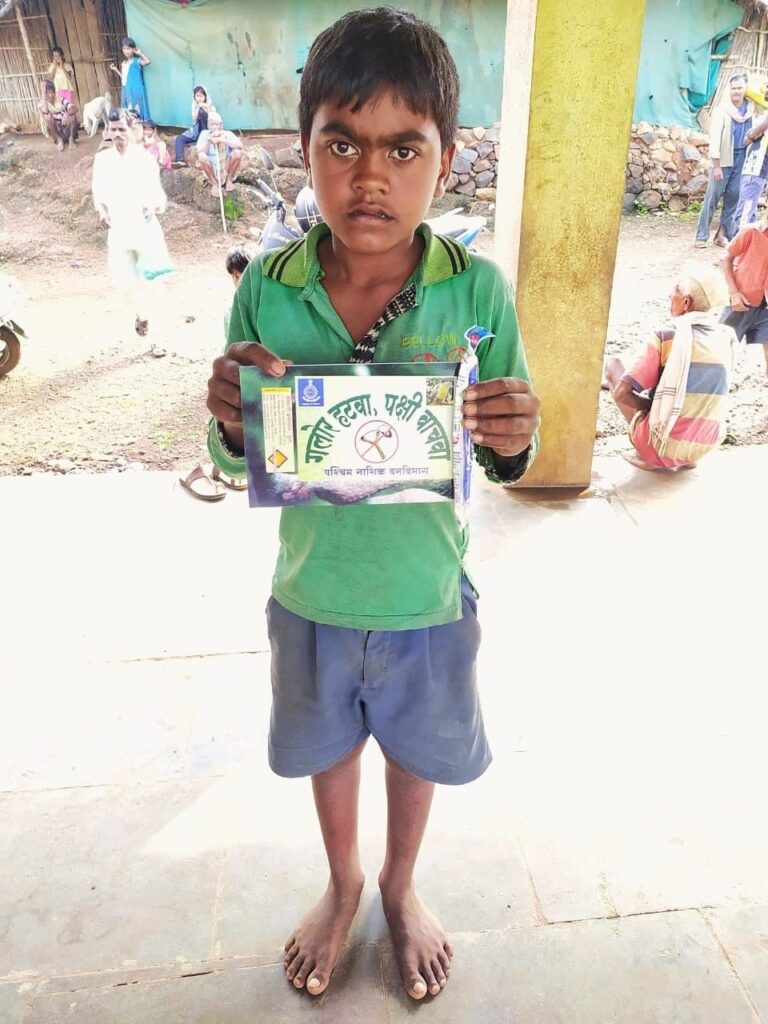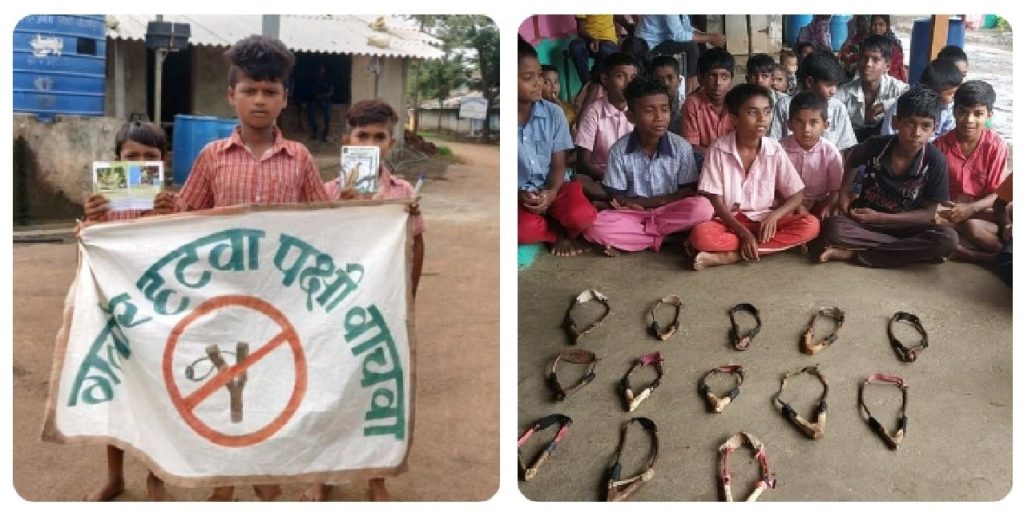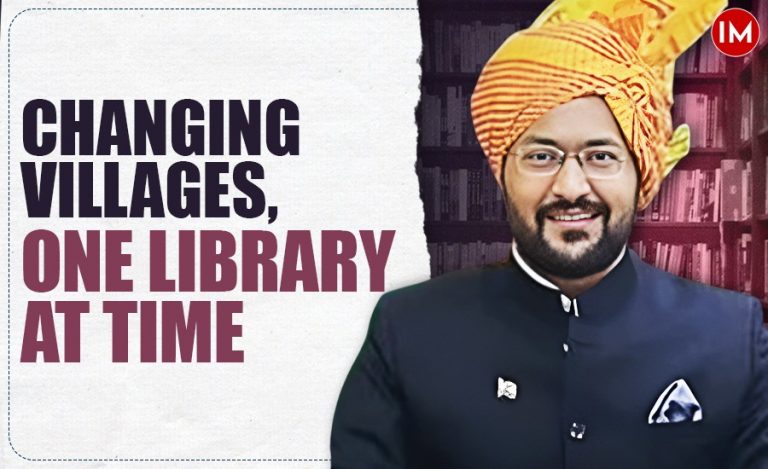The sprawling forest in front of the IFS officer was beautiful to look at, full of lush greenery with trees swaying in the cool breeze. But something was amiss: the sound of birds. Not just sound, but he could not spot a single bird for miles around. This was puzzling, but soon he realized the reason.
There were no birds in the forest because most of these had fallen prey to the children’s slingshots. And the remaining had flown away in alarm.
Video from a village on how children made this into a #movement pic.twitter.com/yvD7Zi1RpW
— Anand Reddy, IFS (@AnandReddyYellu) July 5, 2021
The jungle in question was situated near the Nasik district of Maharashtra, part of the Western Ghats, and the IFS officer just posted there was Mr Anand Reddy. He was also a keen wildlife photographer. So it was obvious that when no bird came in front of his camera, he was first taken aback and then, after coming to know the reality, became sad at the state of affairs.

LETHAL SLING-SHOT
Speaking with Indian Masterminds, Mr Reddy said that not many people could comprehend that a sling-shot, otherwise known as `gulel’ in most parts of India, could have such a lethal effect on the birds around Nasik. He zeroed in on the culprits too: some few hundred kids from neighbouring villages who were regularly aiming their slingshots at the birds, either for sport or for their meat.
Mr Reddy decided to do something. “But I was clear from the beginning,’’ he said, “that the children could not be punished for the crime, despite their being a provision for it in the law. I wanted to change their mindsets, so that they willingly stop their cruel acts.’’
But why did so many children here took up slingshots. Mr Reddy opines there could be social and historical reasons for it. “For a long time, people have been using slingshots and similar contraptions on wildlife, to bring meat to their pots. Apparently, the folks here passed on this practice to the children and nobody objected to it.’’

EDUCATING CHILDREN
It was important to find a practical solution to the problem at hand, said Mr Reddy. The World Environment Day (on June 5) was round the corner, and the IFS officer decided that instead of organizing routine ceremony, he would do something different- he would try to make the erring children realize their mistakes and tell them about value of birds, nature and wildlife.
Keeping this in mind, Mr Reddy set up a team of 25 forest officials. On the Environment Day, they organized a workshop in which hundreds of children participated. “In this workshop, we told the kids about the importance of birds. We told them that by eating worms and insects, birds were helping the farmers in getting better crops. They gave us all their attention. These were the things they did not know, simply because nobody had told them.’’

The movement against rampant use of sling-shots did not end here. During the next 38 days, Mr Reddy and his team covered 93 villages, and personally got in touch with over 7,000 children. In lieu of giving up their slingshots, the officer used the forest department funds disburse items like painting sets, chocolates, basket-balls and even bicycles in some cases to the kids.
The end result of Mr Reddy’s efforts was spectacular. The children voluntarily surrendered 684 sling-shots.
Mr Reddy’s next mission is to mitigate the man-leopard conflicts in the regions around Nasik.
Here's a dilemma..
— Anand Reddy, IFS (@AnandReddyYellu) July 5, 2021
You see a cute bird. And you see a cute kid. Then you see the kid kill the bird with this slingshot. Will you punish the kid?
This is very common in many villages in Nashik. It leads to empty forests – no birds, no chirping, no singing.
Only silence! pic.twitter.com/XDg85fcbz2































